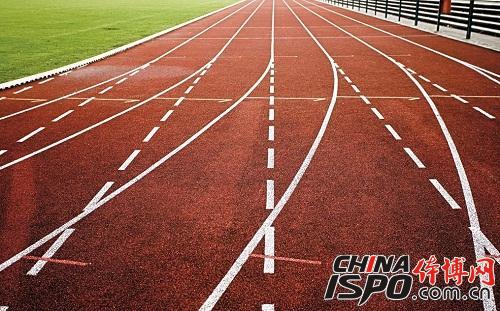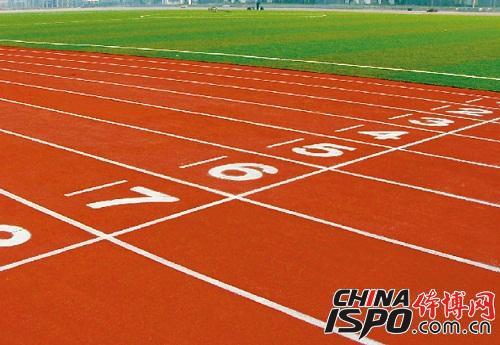Plastic tracks, also known as all-weather track and field surfaces, are made from a combination of polyether, recycled tire rubber, EPDM rubber particles, PU particles, pigments, additives, and fillers. These surfaces offer excellent flatness, high compressive strength, proper hardness, and elasticity, which help athletes achieve better speed and technique. This leads to improved athletic performance and reduces the risk of injuries. The material is composed mainly of polyurethane rubber, offering some degree of elasticity and color retention. It is highly resistant to weathering and aging, making it the internationally recognized standard for all-weather outdoor sports flooring.

There are several types of plastic track materials available:
(a) Breathable plastic tracks are a two-layer system made with polyurethane. The base layer consists of urethane-resin-bonded black environmental rubber particles, while the top layer is a mixture of colored EPDM rubber particles and polyurethane, applied directly using an SMG machine. They meet the GB/14833-93 standards, are easy to maintain, and have a short construction period. They are cost-effective and commonly used in primary schools.
(b) Prefabricated plastic tracks are manufactured as pre-formed rolls in the factory. They are made from natural and synthetic rubber, mixed with mineral fillers, stabilizers, and colorants, then vulcanized at high temperatures (280–300°C). These tracks are ideal for professional stadiums but are expensive, making them less accessible for most schools.
(c) Compound plastic tracks have a base layer of black environmentally friendly rubber particles bonded with polyurethane resin, and a surface layer of colored EPDM particles cast into polyurethane. They provide good performance and durability.
(d) Hybrid plastic tracks combine PU and black rubber particles in specific proportions. The materials are mixed on-site, catalyzed, and laid at room temperature. The surface layer is the only one with national standards and is typically used for professional competitions. These tracks fall between breathable and prefabricated options in terms of cost and performance.

When it comes to foundation requirements, breathable, compound, and hybrid plastic tracks don't require highly rigid bases due to their breathability and water resistance. A simple cement base is usually sufficient. On the other hand, prefabricated tracks need a compact base and special adhesives for installation, and they can be used after 24 hours of curing.
Regarding pricing, the cost of a mixed plastic track is generally around ¥210 per square meter. A cement base costs about ¥180 per square meter, with a thickness of approximately 15 cm. Bitumen bases are slightly more expensive, costing around ¥190 per square meter. Choosing the right type of track depends on budget, usage, and long-term maintenance needs.
Metal Upholstered Dining Chairs,Leather Dining Chairs,Black Metal Dining Chairs,Gold Dining Chairs
Foshan Shunde Oubao Luo Intelligent Catering Equipment Co., Ltd. , https://www.aobl-ch.com